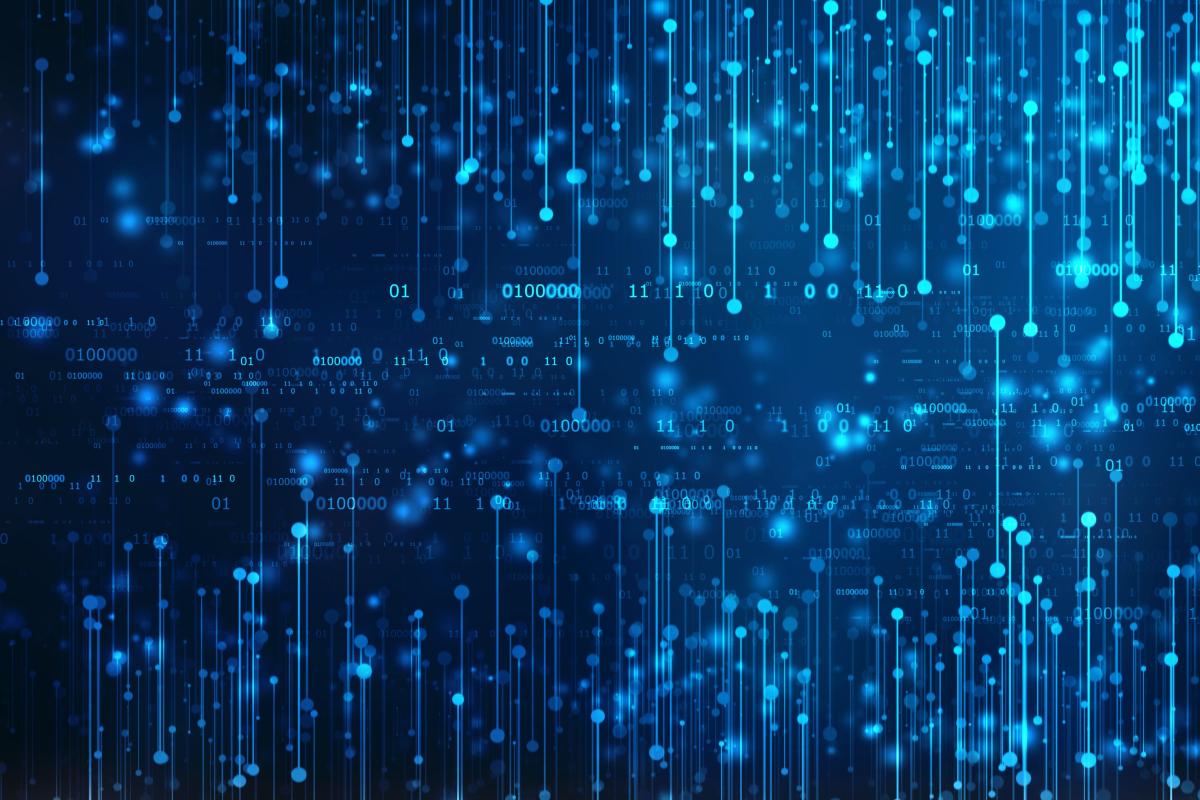2024 United Nations Climate Change Conference



At GSA Connects 2024 you will discover a dynamic meeting that surrounds you with the inspiration and opportunities for engagement you need to advance your geoscience career.
Join us 22–25 September for cutting-edge technical sessions, outstanding professional education, and inclusive networking opportunities that will broaden your geologic knowledge and connect you to our diverse geoscience community.
And don’t forget fun. Impromptu collaborations, special lectures, receptions, exhibits, and friends—old and new—await you.

CONNECT is the premier national conference for plumbing, heating, and cooling professionals. Join us in Birmingham, Alabama, Oct. 7-10 at the Birmingham-Jefferson Convention Complex.
Experience top-tier education at our sessions, the latest technological advances at our Product & Technology Showcase and the real-word, real-deal interactions with fellow business owners throughout the event. Make the authentic educational, professional, and personal connections that expand your mind, your world, and your business.
Come join us to enjoy the southern hospitality of Birmingham, known as “The Nation’s Best Kept Secret.” We’ll kick things off Monday evening, Oct. 7, with an event at the Barber Vintage Motorsports Museum, recognized by Guinness World Records as the world’s largest motorcycle collection (and is also home to other rare and unusual cars). We’ll close out the week at the Awards Breakfast on Thursday, Oct. 10.

The AISES National Conference has been held annually since 1978 and is an unparalleled opportunity to connect companies with over 2,500 Indigenous high school juniors and seniors, college and graduate students, educators, workforce professionals and our corporate, government, private foundation, nonprofit, and tribal partners for professional development, networking opportunities, research presentations, workshops, awards, and traditional Indigenous cultural events. The National Conference hosts the largest college and career fair in Indian Country with many companies also hosting hiring events by conducting onsite interviews. Job seekers are provided interview coaching, and resume development, as well as career planning and other skills necessary to be successful in today’s job market. For students considering college or graduate school, resources are provided to assist in financial planning, applying to college or graduate school, as well as information on the many STEM majors and careers available. AISES members and attendees from the U.S. and Canada, and as far away as Alaska and Hawai’i make connections and they find the resources and services to advise and advance their academic studies and careers.

Questions are everywhere in today’s fluctuating commercial real estate landscape, but there’s only one place with the answers. The 2024 BOMA International Conference & Expo is your go-to source for cutting-edge solutions that give you a new (and confident) outlook on what’s next. Get expert insights on the latest decarbonization and sustainability initiatives, and trade ideas with your peers on popular occupant amenities. Then use all this information to develop practical strategies for employing the innovative tools and technologies you’ll find on the Expo Floor. Is this the event where you’ll acquire knowledge that empowers you? There’s no question about it.

ASHRAE, founded in 1894, is a global society advancing human well-being through sustainable technology for the built environment. The Society and its members focus on building systems, energy efficiency, indoor air quality, refrigeration and sustainability within the industry. Through research, standards writing, publishing and continuing education, ASHRAE shapes tomorrow’s built environment today.
ASHRAE is looking forward to convening in Indianapolis at the Marriott Indy Place June 22-26, 2024.

GeoConvention 2024 will be hosted in-person at the Calgary Telus Convention Center June 17 – 19, 2024. Mark your calendars now to join us for the largest integrated Earth Science program in Canada.
New for 2024, GeoConvention is excited to feature an energy innovation pavilion to highlight the vast amount of work that is being done within the energy industry to drive efficiencies and change.

The 2024 Annual Conference & Committee Week will be held June 10-14 at the Sheraton Vancouver Wall Centre.

We hope to see you at Eastern Energy Expo, an annual expo and trade show that brings together wholesale and retail liquid fuel marketers, motor fuel distributors, diesel and biodiesel distributors, propane marketers and HVAC service professionals. Experience informative business presentations, attend technical education programs, visit the two-day trade show and participate in memorable networking opportunities.

Workshop Overview:
The workshop aims to equip participants with the necessary tools for exploratory statistical analysis relevant to geothermal exploration and production. Through a combination of theoretical concepts and practical exercises, participants will learn to conduct statistical analysis on various datasets, and gain proficiency in creating 2D and 3D statistical models using industry-standard python packages
The instructors will be Dr. Cary Lindsey from the Great Basin Center for Geothermal Energy (GBCGE) at the University of Nevada Reno and Dr. Whittney Trainor-Guitton from the National Renewable Energy Laboratory (NREL).
Cary has a PhD in Geology from the University of Idaho where her primary focus was geostatistical modeling of shallow geothermal systems in Yellowstone National Park and the Great Basin, Western United States. She completed a postdoc at UNR and was a USGS Mendenhall Postdoctoral Fellow working on machine learning for geothermal resource assessment. She is now a research scientist at the GBCGE focused on improving exploration techniques for geothermal resources. Most of her time is spent on the DOE funded INnovative Geothermal Exploration through Novel Investigations Of Undiscovered Systems (INGENIOUS) project and geothermal outreach.
Whitney Trainor-Guitton is a quantitative geoscientist with a demonstrated history of working in the subsurface and remote-sensing research and development and higher education. Whitney is experienced in blending data science, spatial statistics and geophysical inversion, and specializes in geostatistics, geophysics, geothermal exploration, carbon dioxide sequestration monitoring, inverse problems, and deep learning. She earned her doctorate focused on Earth, Energy and Environmental Sciences from Stanford University. She has also served as a staff scientist at Lawrence Livermore National Laboratory and assistant professor at the Colorado School of Mines doing research and development in statistical learning applied to distributed acoustic sensing, angle versus offset seismic data and screen out pressure data. She worked on optical satellite imagery with Google Earth Engine while a contractor at TotalEnergies. Starting at Zanskar and currently at NREL, Whitney is advancing play fairways analysis for discovery of hidden geothermal systems, using value of information and spatial statistics.
Workshop Information:
Agenda:
Day 1: August 8th
Introduction to Google Colab
Day 2: August 9th
Location:
Zoom virtual meeting. The sessions will be recorded and provided to those that register.
Who Should Attend:
Higher level Geoscience and engineering students (Jr/Senior undergraduate, Graduate students, early career). Also open to later career professionals.
Cost:
Participating Organizations:

